Weekly Index
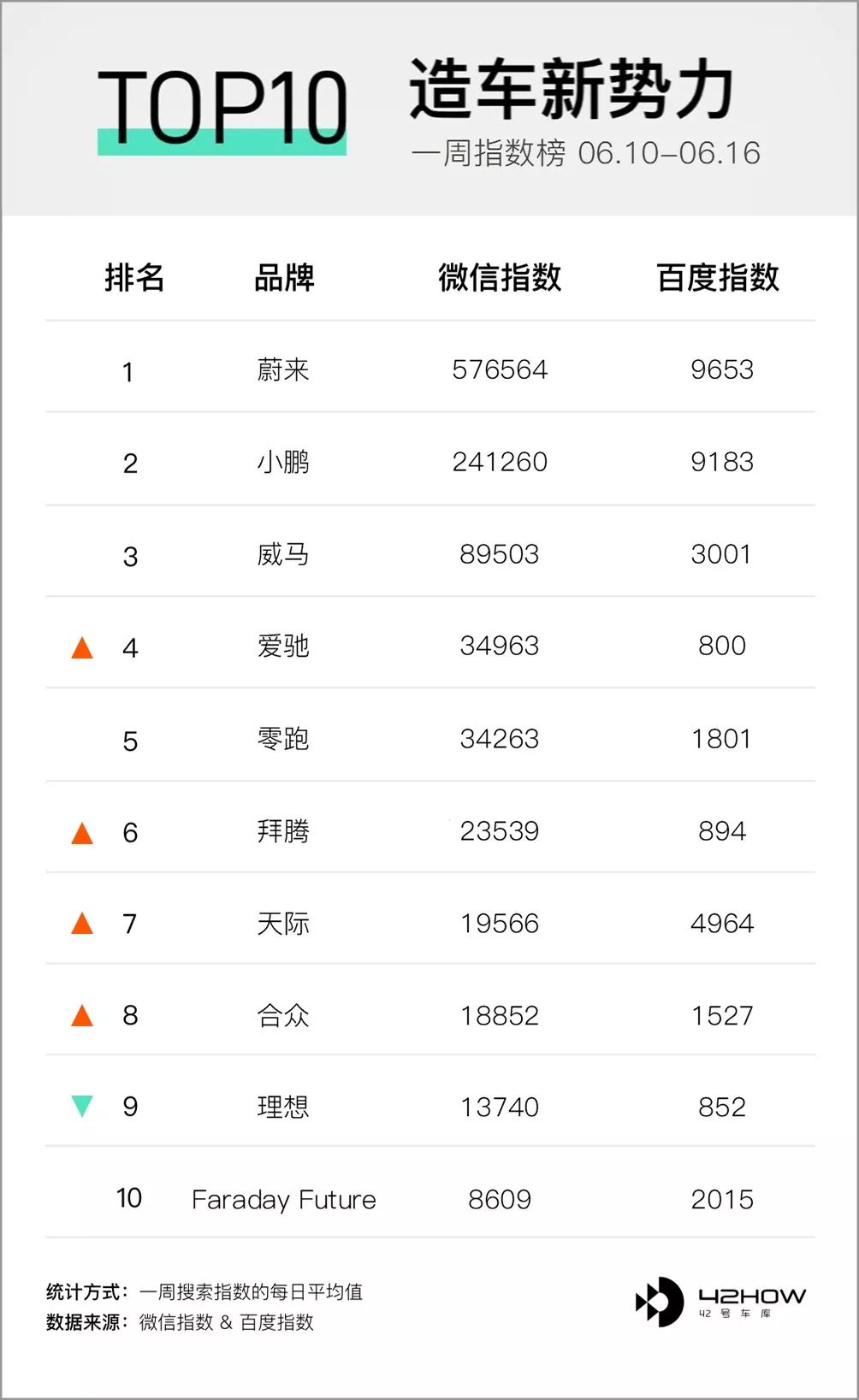
Weekly News
Meituan’s Founder Wang Xing Plans to Invest USD 300 Million in Li Auto
Today, according to LatePost’s report, Meituan’s founder Wang Xing plans to invest USD 300 million in Li Auto, including USD 285 million in personal equity and USD 15 million from Dragon Ball Capital (Meituan Dianping’s industrial fund).
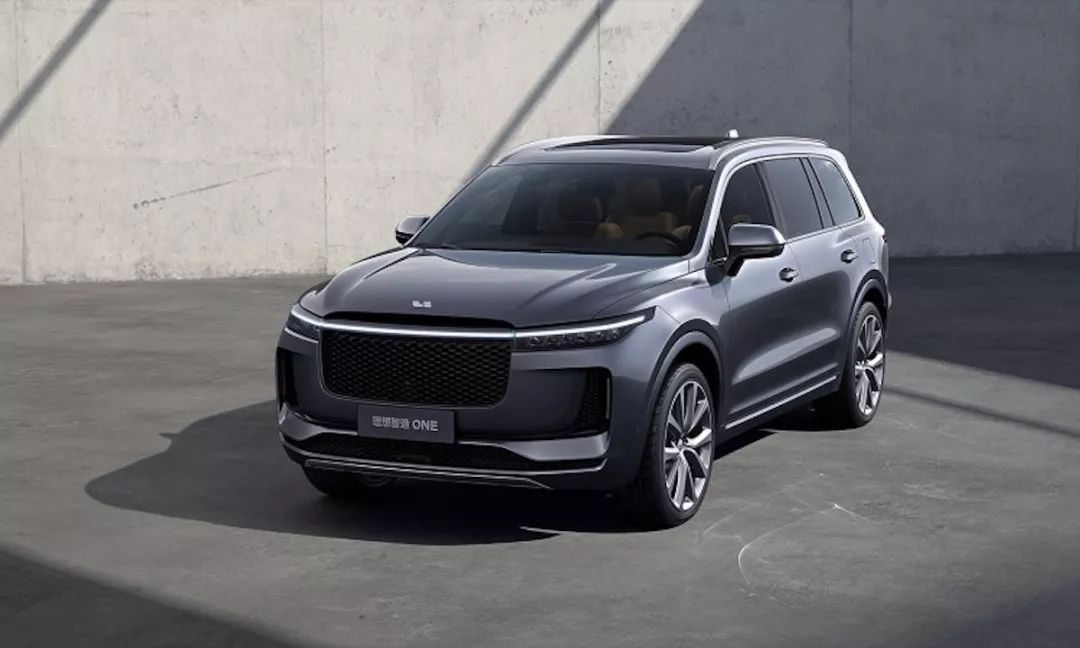
Li Auto plans to raise USD 500 million in this round of financing, with Wang Xing as the lead investor and Li Xiang personally investing nearly USD 100 million. This round of financing also received investments from J.P. Morgan Asset Management, Hillhouse Capital, and Sequoia Capital China, with an expected valuation of nearly USD 2.9 billion.
Currently, the investment intention agreement between Wang Xing and Li Xiang has not yet been signed, but both parties have reached an investment intention. Currently, Li Xiang is the largest shareholder with 30% of the company’s equity, and if the investment is successful, Wang Xing’s shareholding will be close to 10%.
Brief commentary: According to news in April of this year, Li Auto is conducting a new round of financing, seeking investments of USD 300 million to USD 500 million, and plans to go public overseas next year. Although both Li Xiang and Wang Xing declined to comment on today’s news, it seems that the round C financing of Li Auto has made substantive progress.
One thing worth noting is that Li Auto and Didi have already entered into deep cooperation in the field of transportation. Now, with Meituan’s Wang Xing as the lead investor, this is indeed somewhat intriguing.
In addition, if Li Auto’s financing is successful this time, the valuation will reach nearly USD 2.9 billion. Looking at NIO, which has been in delivery for more than a year, its current market value is only USD 2.5 billion. Is Li Auto overvalued or is NIO undervalued?
Evergrande Signs Investment Agreements Worth RMB 280 Billion in Five Days
On June 15th, the Shenyang Municipal Government signed a strategic cooperation agreement with Evergrande Group in Shenyang. According to the agreement, Evergrande Group will invest RMB 120 billion in major projects such as hub motors, new energy vehicles, and new energy batteries. Among them, the new energy vehicle R&D and production base of Evergrande will be stationed in Hunnan District, and the hub motor R&D and production base and the power battery super factory will be stationed in Tiexi District.
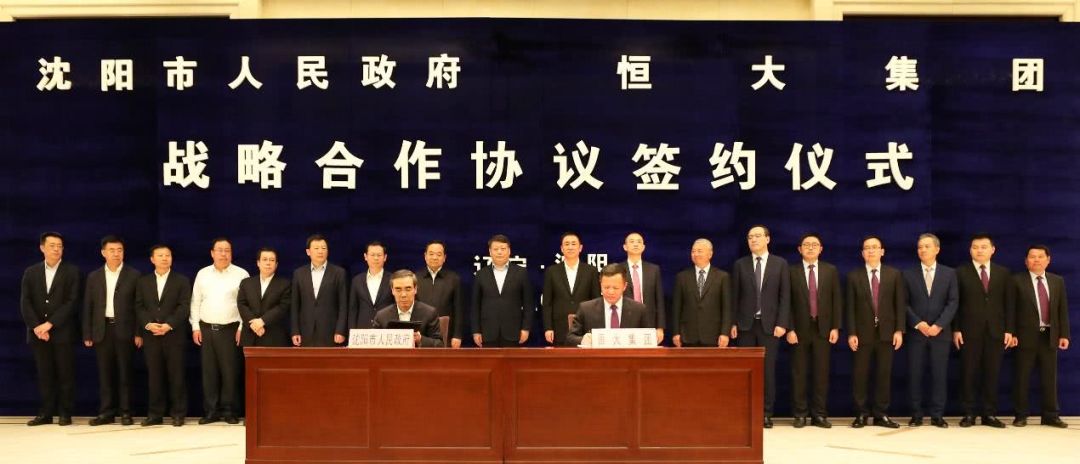 Just a few days ago, on June 11th, the Guangzhou Municipal Government signed a strategic cooperation framework agreement with Evergrande Group. Evergrande plans to invest RMB 160 billion in the construction of new energy vehicle bases and other projects, with the ability to produce 1 million complete vehicles, 50 GWh power batteries, 1 million sets of electric motors and controllers after completion.
Just a few days ago, on June 11th, the Guangzhou Municipal Government signed a strategic cooperation framework agreement with Evergrande Group. Evergrande plans to invest RMB 160 billion in the construction of new energy vehicle bases and other projects, with the ability to produce 1 million complete vehicles, 50 GWh power batteries, 1 million sets of electric motors and controllers after completion.
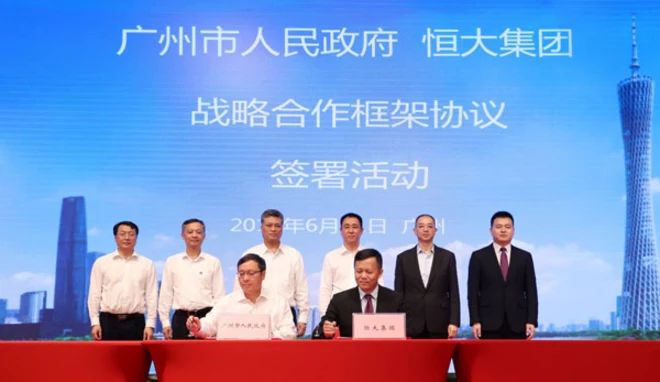
Let’s take a look at Evergrande’s related investments in the new energy field in the past year:
-
In May 2019, Evergrande fully acquired the UK wheel motor manufacturer Protean.
-
In March 2019, Evergrande purchased 70% of the shares of Taitian Electromechanical Co., Ltd. for RMB 500 million. Taitian Electromechanical owns 100% of the shares of Dutch company e-Traction.
-
In January 2019, Evergrande invested $150 million (approximately RMB 1 billion) to form a joint venture with Koenigsegg to jointly develop new energy vehicle technology.
-
In January 2019, Evergrande acquired 58.07% of Shanghai Canai New Energy Technology Co., Ltd., a power battery manufacturer, for RMB 1.06 billion.
-
In January 2019, Evergrande acquired 51% of National Electric Vehicle Sweden (NEVS) for $930 million (approximately RMB 6.4 billion).
-
In January 2019, Evergrande established “Evergrande Smart Charging Technology Co., Ltd.”
-
In November 2018, Evergrande increased its capital by RMB 7.8 billion and became the second largest shareholder of Guanghui Group.
-
In September 2018, Evergrande participated in the capital increase of Guanghui Group for RMB 14.5 billion and will cooperate in the fields of auto sales, energy, real estate, logistics, etc.
Comment: To be honest, after seeing these two pieces of news, the first reaction is shock, followed by curiosity about what kind of new energy industry chain layout will Mr. Xu create?
According to the founders of NIO, Li Bin, and XPeng Motors Chairman He XPeng, the capital threshold for new car makers is at least RMB 20 billion, while many new car makers are still struggling with funding. In just five days, Mr. Xu signed investments totaling RMB 280 billion… I roughly converted this to about $40 billion US dollars.
Currently, Tesla’s market value is $38.3 billion US dollars, and NIO’s market value is $2.5 billion US dollars. Together they are just over $40 billion US dollars…
The endurance parameters of XPeng G3 long-endurance version are revealedOn June 12, the Ministry of Industry and Information Technology announced the 25th batch of “Catalog of New Energy Vehicle Models Exempted from Vehicle Purchase Tax”, in which XPeng G3 will launch 4 models with longer driving ranges.
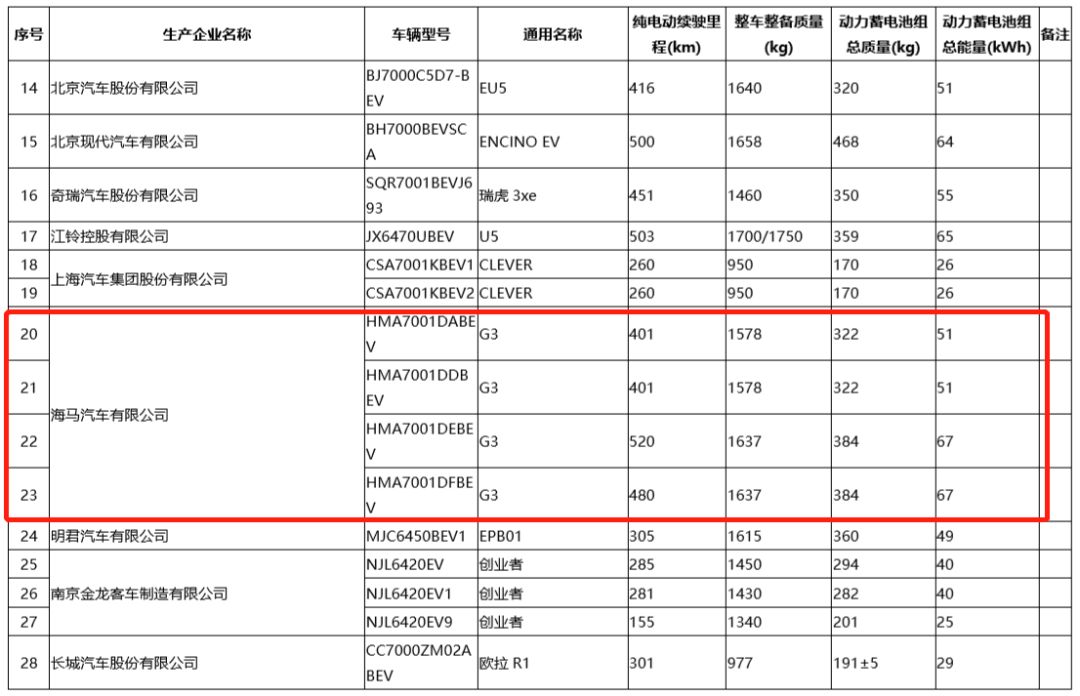
The NEDC driving ranges of the 4 models are 401 km, 401 km, 520 km, and 480 km, respectively. The battery capacity of the 401 km version is 51 kWh, while the battery capacity of the 520 km and 480 km versions is 67 kWh (looks like there will be a performance version?).
Quick comment: Although XPeng’s in-vehicle system and advanced driving assistance system have great highlights in this price range, its driving range is still a shortcoming. The NEDC driving ranges of its existing models on sale are only 351 km or 365 km. Compared with other models in the same price range, it is indeed inadequate. Therefore, if a long-range version is launched in the future to make up for this shortcoming, coupled with reasonable pricing, XPeng G3 will still be very attractive to young people who prefer a sense of technology.
Faraday Future and JMC Group’s Joint Venture for New Energy Vehicles May Land in Hohhot
On June 10, JMC Group announced that it had signed a strategic cooperation memorandum with the Shalin Industrial Zone Development Leading Group Office in Hohhot Economic and Technological Development Zone. Both parties conducted strategic cooperation on the landing and development of the new energy vehicle joint venture established by Faraday Future and JMC Group in Shalin Industrial Zone.

The Shalin Industrial Zone in Hohhot will reserve no less than 5,000 mu of land for the joint venture project, and support the joint venture company to obtain the qualification for producing new energy passenger car vehicles.
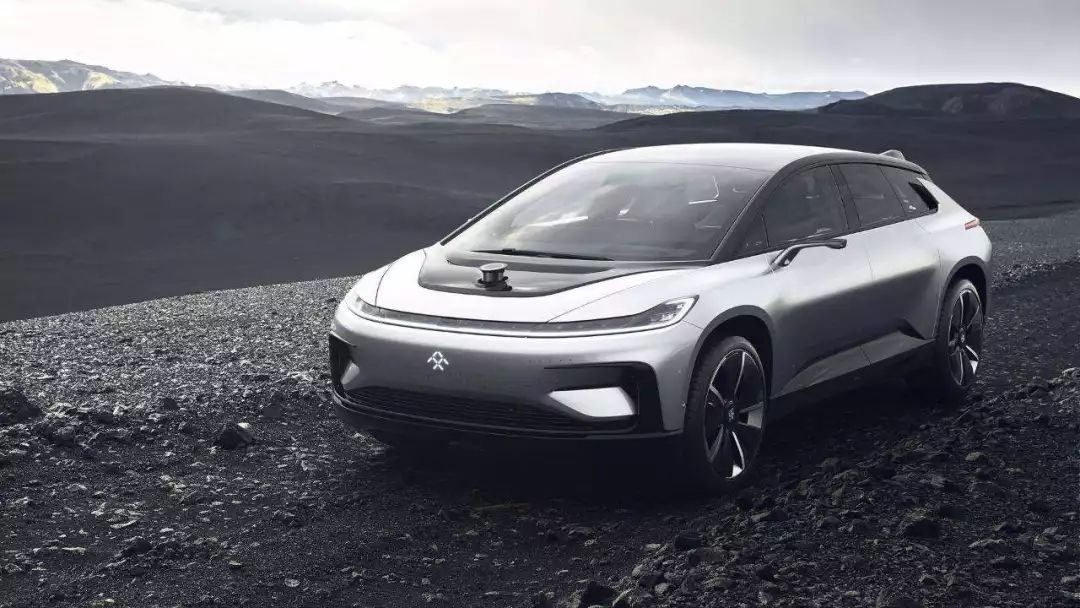
At the same time, JMC Group and the Shalin Industrial Zone in Hohhot will jointly establish a new energy industry fund, with JMC Group and its subsidiaries contributing no less than RMB 500 million (including funds for purchasing industrial land and commercial land), and the government contributing no less than RMB 1.5 billion (including funds for subsidies, infrastructure, other commercial supporting construction, etc.), and investing in relevant industrial investments and operations.
The memorandum stipulates that both parties will use their best efforts to reach an agreement within the agreed period, and the memorandum will be valid for three months.>Quick Comment: Regarding Faraday Future, it can be described by an ancient saying, “When you come to the end of mountains and rivers, you would doubt if there is a road ahead, but in the blink of an eye, a bright village appears out of nowhere”. There will always be unexpected news. Although Hohhot’s geographical location is somewhat awkward and there is no related industrial chain layout around it. This time, congratulations to General Jia, at least it’s one step closer to realizing his dream of making cars.
Mazda’s first electric vehicle to be launched in 2020
Mazda CEO Akira Marumoto revealed in an interview with foreign media that Mazda’s first electric vehicle will be released in 2020, followed by a plug-in hybrid model in 2021 or 2022.
Although we will encounter some difficulties in 2020, we will eventually achieve this goal. As early as 2016, Mazda claimed to launch an EV before 2019. The company later announced the development of electric cars in partnership with Toyota, but there has been little news about Mazda’s electric cars in the past few years.
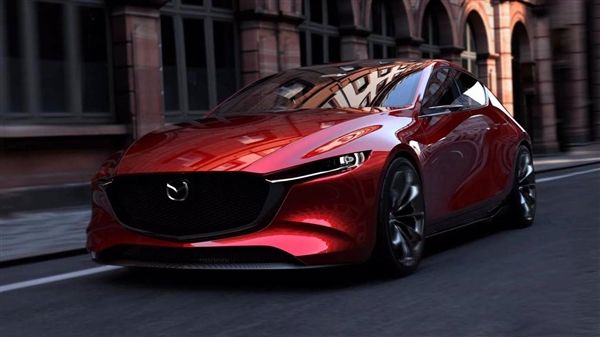
Akira Marumoto also said that Mazda’s electric vehicle, which will be launched next year, will not use the electric car architecture developed in partnership with Toyota, but will use Mazda’s own architecture.
Quick Comment: As we all know, countries around the world have gradually tightened their policies on traditional fuel cars. The point-based policy is also becoming stricter. Either you purchase carbon emission quota from other companies or launch an electric car. Mazda obviously belongs to the latter. However, since Mazda has already partnered with Toyota to develop new electric vehicle architecture, it is surprising that they will still use Mazda’s own architecture for the first EV, so it is like a duck being forced to fly onto a tree, it seems they don’t want to wait any longer.
Audi recalls 540 e-trons in the United States
Audi proactively recalled 540 e-trons sold in the United States because moisture could enter the power battery through the wiring harness, which could cause the battery to short circuit and cause a fire. Due to this issue, there have been a total of five cases of malfunction indicator lamp lighting worldwide, but there have been no fires or injuries related to the defect. Audi will complete the repairs for these vehicles by August and will provide replacement vehicles or reimburse customers for $800 in travel expenses during the repair period.
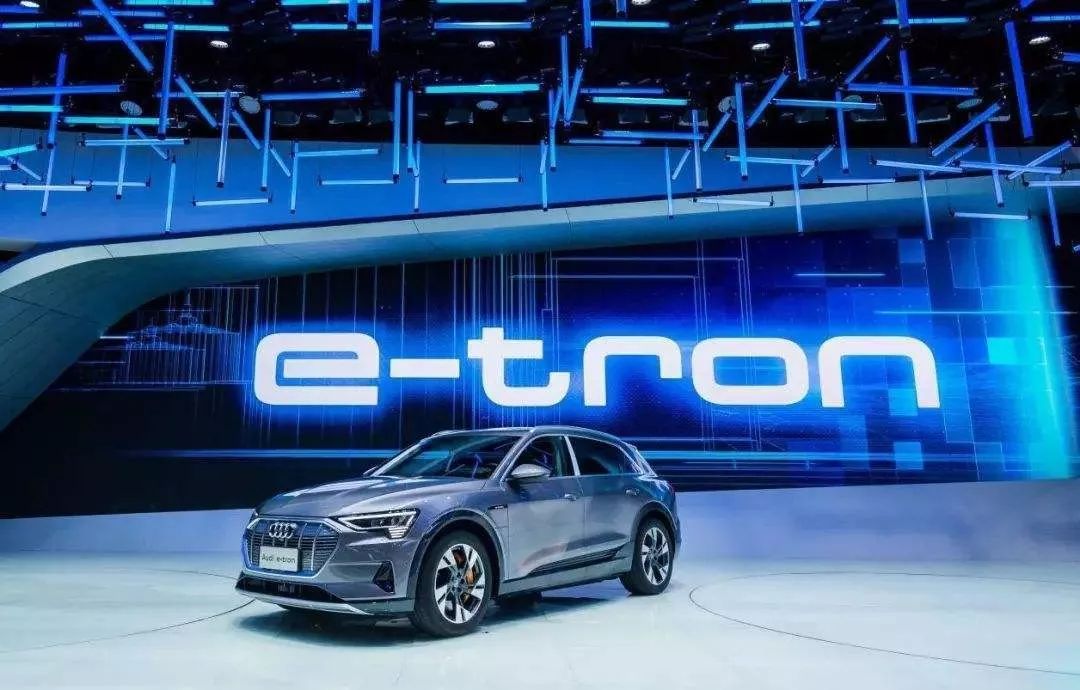
PS: In May, Audi sold 856 e-trons in the United States, accounting for 4.5% of Audi’s total sales. In April, sales were 253 units.## Quick Comment:
The Audi e-tron’s recall this time is a bit like a case of biting off more than you can chew, but fortunately the total sales are not many, and the recall is not too time-consuming or effort-consuming. Many people say that once BBA launches an electric car, they will crush Tesla in minutes. I don’t want to say much about this statement, but at least from the current situation, it is not easy to build an electric car.
A Week of Survey
As we all know, the comfort of the back seat of the Model 3 has always been a key issue criticized by people, with terms such as “small space, hard seat, short cushion, and small stool” repeatedly mentioned.
However, having experienced the back seat of the Model 3 myself, I don’t quite agree with such statements. However, the comfort itself is subjective, and different heights and weights will also have different feelings. Therefore, we conducted a small survey on the comfort of the Model 3 back seat.
The results are obvious. Only 24% of the participants felt that the back seat of the Model 3 was uncomfortable, and most people felt that it was okay, not as bad as described online.
One non-owner commented on the comfort in great detail:
[Image: non-owner’s comment]
Scan the QR code above to share your thoughts on the comfort of the Model 3 back seat.
It can be seen that as long as one’s build is not too “overweight,” the comfort of the Model 3 back seat is not a problem. At the same time, this friend’s evaluation also proves that no matter what kind of car it is, online reviews can only serve as a reference. It is still necessary to experience it personally to know whether it is suitable for oneself.
[Image: survey result 1]
[Image: survey result 2]* Aiways received 1 billion investment; Techrules Concept X unveiled | E Weekly News

This article is a translation by ChatGPT of a Chinese report from 42HOW. If you have any questions about it, please email bd@42how.com.
